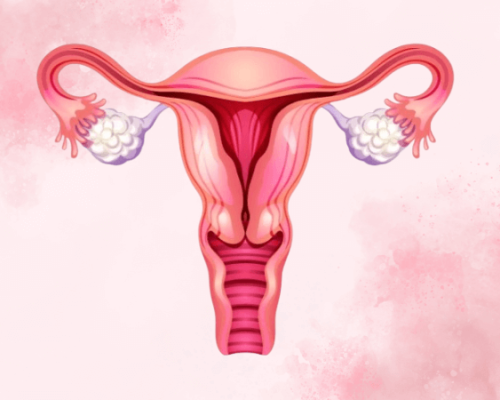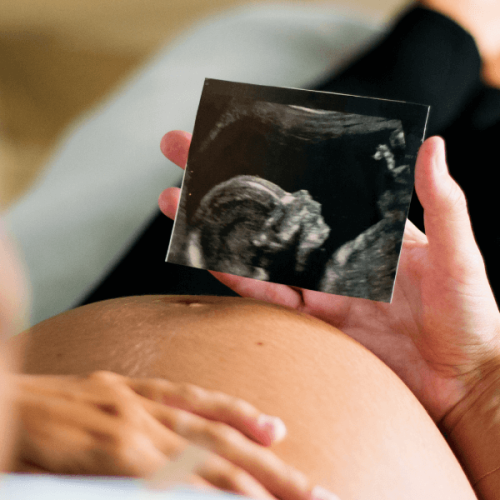Endometrial Receptivity Array – ERA Fertility Treatment
Optimizing Implantation Timing for Higher IVF Success Rates
What is ERA - Endometrial Receptivity Array?
The Endometrial Receptivity Array (ERA) is an advanced genetic test designed to determine the optimal timing for embryo transfer during an IVF cycle. This test evaluates the receptivity of the endometrial lining by analyzing the expression of specific genes that indicate when the uterus is most prepared for implantation. Since every woman’s implantation window can vary, ERA provides a personalized approach to embryo transfer, significantly improving the chances of a successful pregnancy.
ERA is especially beneficial for women who have experienced repeated IVF failures, unexplained infertility, or conditions affecting the endometrial lining, such as endometriosis or hormonal imbalances. By precisely identifying the implantation window, this test helps fertility specialists time the embryo transfer with greater accuracy, ensuring the highest likelihood of success. At Bud IVF, we integrate ERA into personalized fertility treatment plans to maximize implantation potential and support your journey toward parenthood.

When Should You Consider ERA Testing?
ERA testing is recommended for patients who:
Have Experienced Multiple IVF Failures
If you’ve gone through multiple IVF cycles without success, ERA can help identify whether the timing of embryo transfer may be the issue.
Unexplained Infertility
For couples with no clear reason for infertility, ERA testing can help uncover hidden causes related to the endometrium’s receptivity.
Women with Recurrent Miscarriages
If you’ve experienced multiple miscarriages, ERA can help assess whether your endometrium is optimally prepared to support pregnancy.
Patients with Certain Uterine Conditions
Women diagnosed with endometriosis, fibroids, or polyps may benefit from ERA testing to ensure their endometrial lining is receptive enough for embryo implantation.
Those with Irregular Ovulation or Hormonal Imbalances
If you have hormonal issues that might affect the timing of your natural cycle or IVF, ERA can help pinpoint the best time for embryo transfer.
The Procedure: How Does ERA Testing Work?
The ERA procedure involves a simple biopsy of the endometrial lining. Here’s how it’s done:
Benefits of ERA Testing
At Bud IVF, we strive to make your IUI journey a stress-free and successful experience. Here’s why we are the preferred choice for couples seeking fertility treatment.
Increased Success Rates
By determining the optimal window of implantation, ERA helps increase the likelihood of successful embryo implantation and pregnancy.
Personalized Treatment
ERA offers a more tailored approach to IVF treatment by ensuring the right timing for embryo transfer, which is crucial for achieving success.

Minimizes Failed Cycles
ERA testing reduces the risk of failed cycles by ensuring that the embryos are transferred at the most receptive stage of the uterine lining.

Helps in Recurrent Miscarriages
ERA can help identify issues that may contribute to repeated miscarriages, improving the chances of a successful pregnancy.
Whether you are facing one or multiple challenges, Bud IVF is here to guide you with personalized care and expert solutions tailored to your unique needs.
Success Rates & Factors Affecting ERA Outcomes
The success rate of ERA testing is high, with a 90% accuracy in determining the optimal implantation window. This precision can significantly improve IVF outcomes, especially for women who have undergone multiple failed cycles. ERA results help identify the most appropriate time for embryo transfer, maximizing the chances of success.
However, there are several factors that can influence the outcome of ERA testing:
- Quality of the Endometrial Sample: The accuracy of the ERA test is dependent on the quality of the biopsy sample, so it is essential to work with an experienced fertility clinic.
- Hormonal Synchronization: Proper synchronization of the cycle with hormonal medications ensures that the biopsy is taken at the correct time to simulate the window of implantation.
- Underlying Health Conditions: Certain health conditions, such as polycystic ovary syndrome (PCOS), endometriosis, or fibroids, can impact the results of ERA and may require additional treatment or modifications in the IVF plan.

Post-ERA Testing: What Happens Next?
After receiving your ERA test results, your fertility specialist will discuss the findings with you and help develop a personalized plan for your IVF cycle. Depending on the outcome, your doctor may suggest adjusting the timing of the embryo transfer, hormone therapy, or other fertility treatments. In some cases, the ERA test may reveal that the optimal implantation window is different from what was initially anticipated, allowing your specialist to fine-tune the IVF protocol for better results.
FAQs
What is an Endometrial Receptivity Array (ERA)?
The ERA is a diagnostic test that evaluates the optimal time for embryo transfer by analyzing the genetic expression of the endometrial lining. It identifies the “receptive window” when the uterus is most likely to accept an embryo for implantation.
